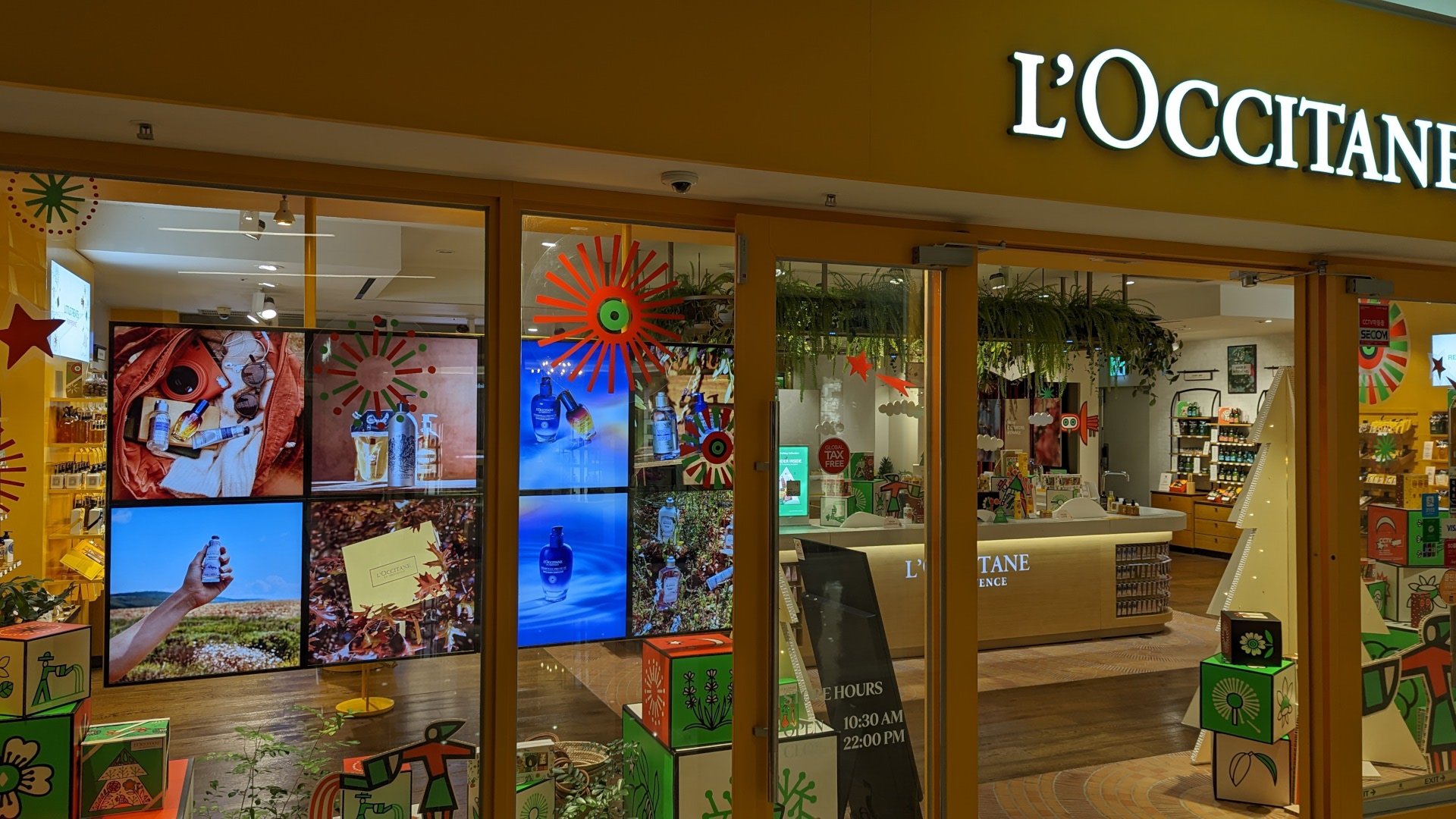Seoul and Bangkok | 16:9 is the standard aspect ratio for digital signage screens since LCD replaced the 4:3 CRT. Today’s displays are usually considerably wider than they are tall. Although alternative digital signage form factors are available on the market, they have so far only had a niche existence. Is it time for new form factors?
The travel retail market – colloquially known as duty free – has always been a testing ground for digital innovations. High sales volume of small merchandise must be achieved at the airport in expensive rent spaces. Also an ideal location for digital signage as the majority of transactions are impulse purchases. Travellers are open to impulses, have time to kill and are generally in a relaxed mindset after the stress of check-in and security.
If not here, where else can new digital touchpoint concepts be best tested? New trends often emerge in the travel retail environment. A reason for invidis to look around Bangkok and Paris. But square displays can also increasingly being found beyond airports – we were in Seoul on the search for square screens in convenience stores.
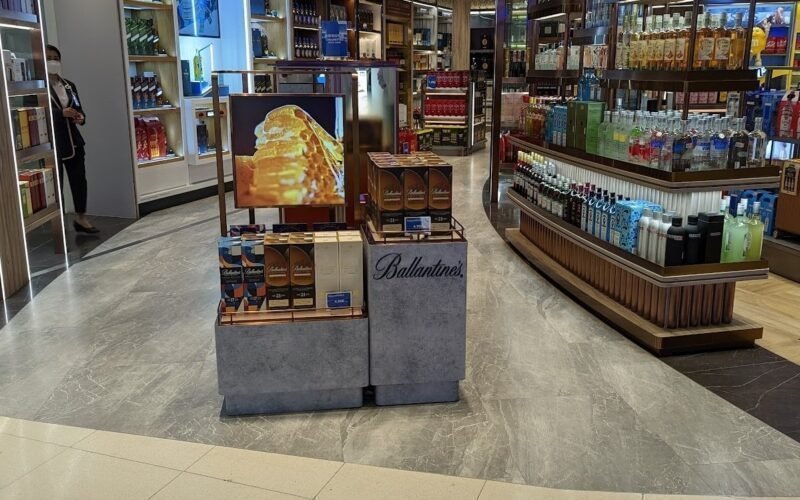
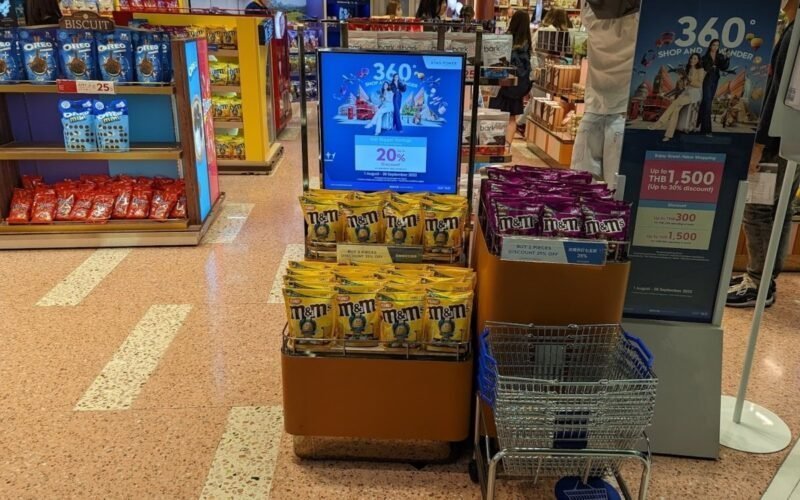
Travel Retail
In principle, travel retailers value square displays because they take up less of the valuable space on the shelf. LCD screens prevail at the point of sale, as LED modules do not provide sufficient resolution for the short viewing distance and the integration requires a lot of technical effort. In Bangkok, King Power Travel Retail uses square displays in free-standing highlight zones at the entrance. The big advantage over 16:9 portrait: the view into the store is not blocked and the furniture can be small in height and width. Some square displays even run on 24V and can therefore be integrated into the lighting power supply of the retail system.
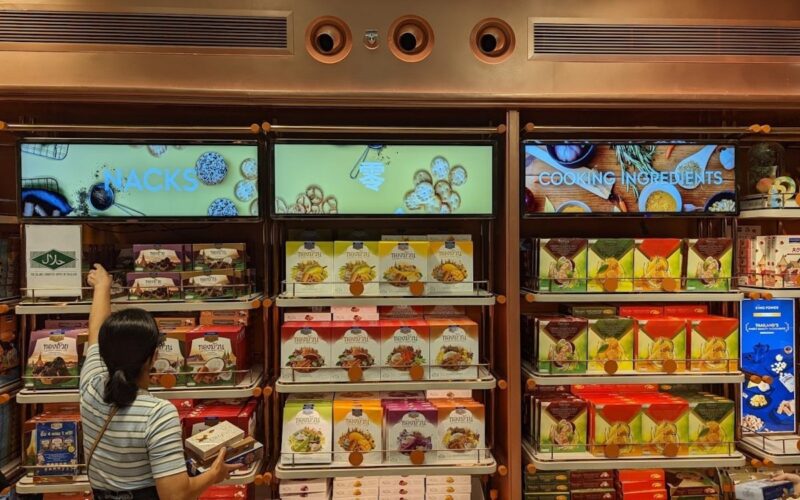
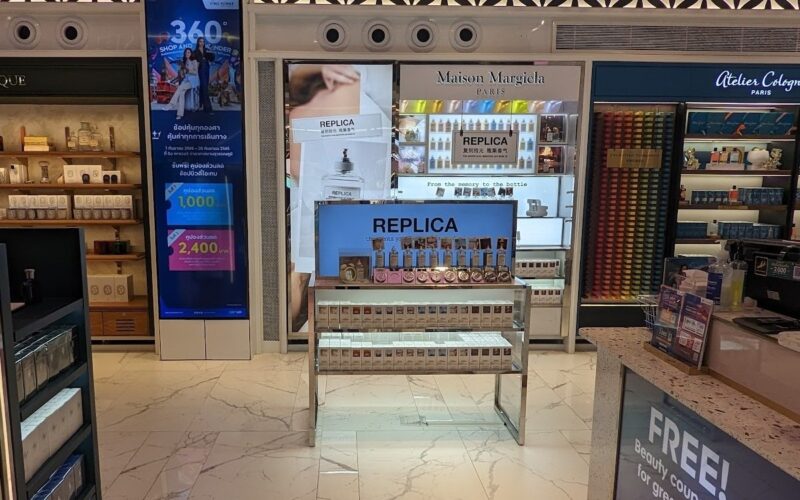
Stretched displays are increasingly being used in the back of the store above retail shelves. With limited available height, they offer a large display area and still leave enough space for static and backlit category signage or advertising. Interestingly, even when it comes to stretched displays, it is not the large display suppliers who dominate the market. We often discover BenQ displays (38 inches in a 16:5 aspect ratio) and products from small specialist providers who often offer solutions for trains and buses. Because also in public transportation there is limited space above the doors.
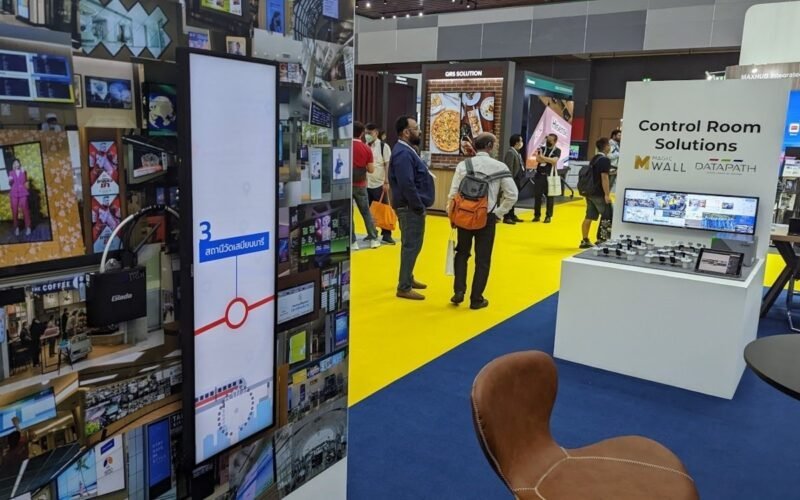
A PPDS/Philips stretched display has been on the market for a few weeks, which according to the company is the first stretched display with a full Android SoC and regular slim housing.

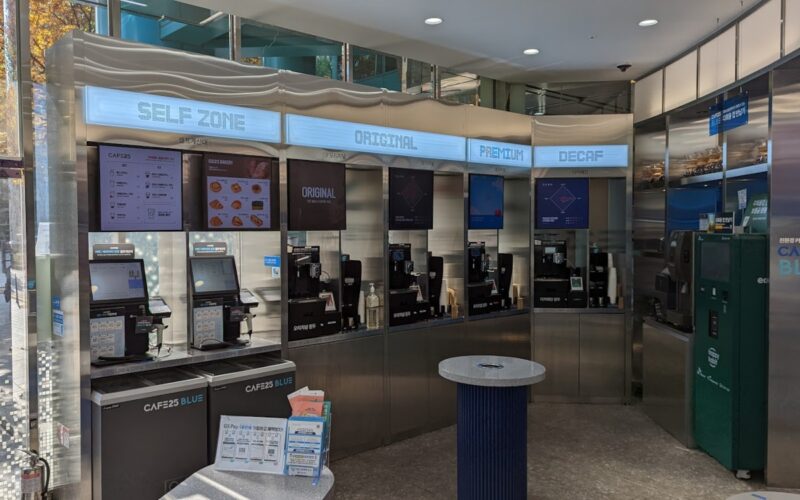
Menu boards and convenience stores
Lack of ceiling height is often the reason for choosing stretched displays in convenience stores. Whether as a menu board above the cash register or for promotion above the refrigerated cabinets and shelves, the small LCD display strips are the perfect solution.
The use of several square displays as a video wall, as we often encountered at emart24 in Korea, is incomprehensible. The relatively wide bezel is no longer acceptable. We suspect that emart 24 values modularity and can therefore piece up digital signage depending on the floor plan.
Starbucks in Korea relies on very small display bands that were originally designed as shelf-edge displays.
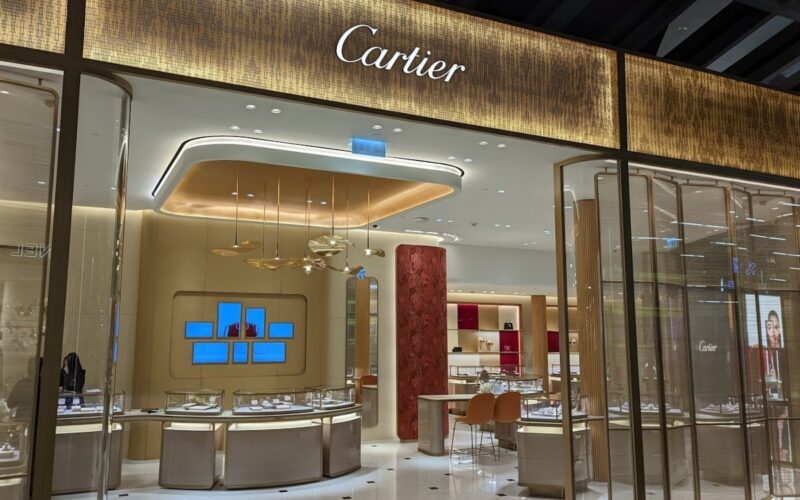
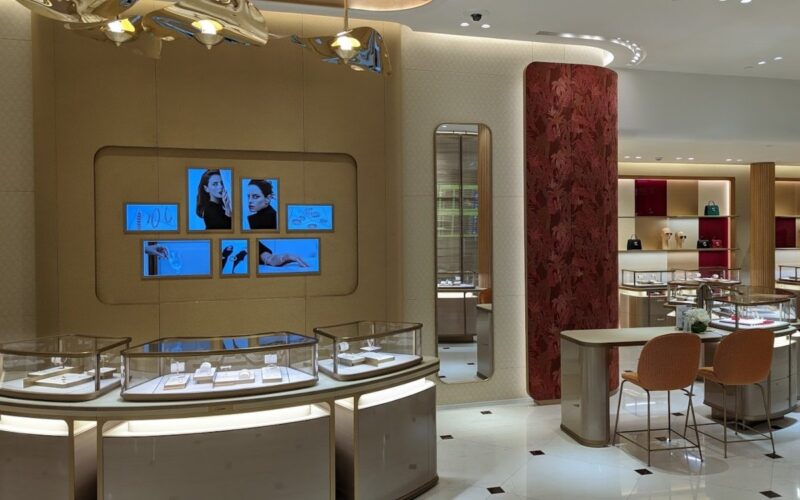
Looks can be deceiving – design solutions
Architects are always looking for unusual display formats and display mosaics, especially in the retail premium segment. Often there is something behind the unusual installations in a completely ordinary large format display that was integrated into the shop design with recesses and frames. An optical illusion that does not fail to have its effect.

